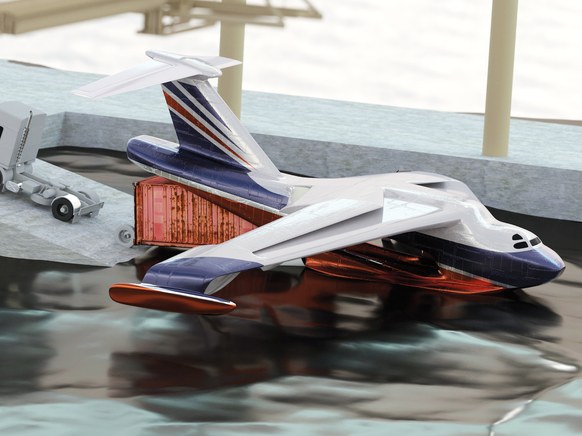
Breaking News
 Why Dual Engine Failure Changes Everything -- Louisville Crash Update
Why Dual Engine Failure Changes Everything -- Louisville Crash Update
 Transforming Storage Shelf / Workbench - Small Space Organization
Transforming Storage Shelf / Workbench - Small Space Organization
 Our 3-Step Strategy for a Stress-Free Pantry
Our 3-Step Strategy for a Stress-Free Pantry
 BEHIND THE DEEP STATE | The War on Farms
BEHIND THE DEEP STATE | The War on Farms
Top Tech News
 HUGE 32kWh LiFePO4 DIY Battery w/ 628Ah Cells! 90 Minute Build
HUGE 32kWh LiFePO4 DIY Battery w/ 628Ah Cells! 90 Minute Build
 What Has Bitcoin Become 17 Years After Satoshi Nakamoto Published The Whitepaper?
What Has Bitcoin Become 17 Years After Satoshi Nakamoto Published The Whitepaper?
 Japan just injected artificial blood into a human. No blood type needed. No refrigeration.
Japan just injected artificial blood into a human. No blood type needed. No refrigeration.
 The 6 Best LLM Tools To Run Models Locally
The 6 Best LLM Tools To Run Models Locally
 Testing My First Sodium-Ion Solar Battery
Testing My First Sodium-Ion Solar Battery
 A man once paralyzed from the waist down now stands on his own, not with machines or wires,...
A man once paralyzed from the waist down now stands on his own, not with machines or wires,...
 Review: Thumb-sized thermal camera turns your phone into a smart tool
Review: Thumb-sized thermal camera turns your phone into a smart tool
 Army To Bring Nuclear Microreactors To Its Bases By 2028
Army To Bring Nuclear Microreactors To Its Bases By 2028
 Nissan Says It's On Track For Solid-State Batteries That Double EV Range By 2028
Nissan Says It's On Track For Solid-State Batteries That Double EV Range By 2028
Forget Supersonic--Let's Make a Sea-Skimming Cargo Jet

I threw my own design out there, too: the conceptual, Mach 10-capable Skreemr jet.
But lack of speed isn't the only problem that needs fixing in today's aviation industry. Sometimes the issue is as simple—and stubborn—as the lack of a place to land. That's why I've created the Pelagor, a conceptual, hybrid, ground effect seaplane designed to haul cargo short distances.
The Pelagor would rely on a hybrid power system: a fuel-powered jet turbine and a pair of batteries powering 40 propellers (if that sounds nuts, just look at NASA's LeapTECH project). Once aloft, it would function like a ground effect plane, flying just feet above the surface thanks to the combination of lift from the wings and limited drag.
Ground effect aircraft have never proliferated, but I think the approach would work for ferrying shipping containers short distances, chiefly to islands or remote spots with limited aviation infrastructure, like in the Canadian Arctic.

 Carbon based computers that run on iron
Carbon based computers that run on iron

